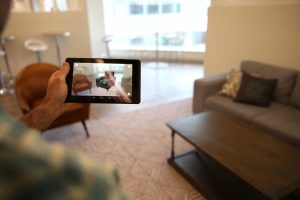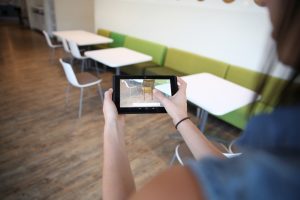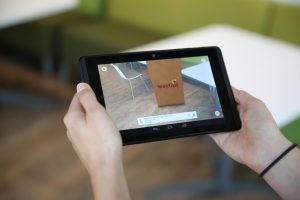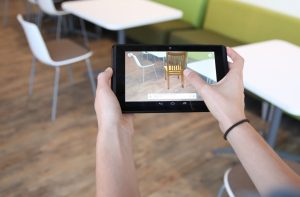Are you a “digital native” or a “digital immigrant”?
I’m a digital native. I was born in the 1980s. My first computer love was an orange iMac.
Do you remember when technology first impacted your life?
When I was young, [my family] had a set of encyclopedias. I remember the day we decided not to replace the encyclopedias, because we could access the information more quickly – and get more up-to-date details – via the Internet.
Was it a seminal moment?
Fast-forward to now: My life is structured around a supercomputer that I keep in my pocket. I shop with my phone, work with it and take all my pictures with it. The possibilities of what we can enable these devices to do remain endless.
Advertisement
What do you do for a living?
I work on Daydream, Google’s focus on augmented and virtual reality. I help retail brands use technology to expand or reinvent the way they do business.
Does that fit your passion in life?
At its core, my passion is problem-solving. I want to take new technology and help real people solve real problems. I am fascinated by the conversations I have with retail experts about things like efficiency-per-square-foot, inventory overload and the intersection of physical and digital stores.
You worked a summer at Target. What did you learn?
What it takes to operate a physical retail store at scale. Target’s efforts around creating CityTarget stores really caught my attention. I had grown up very close to a Target Greatland, so watching them understand the demand at the opposite end of the spectrum, for a store with a small and efficient footprint, was fascinating.
Advertisement
How does that relate to what you do for Google?
AR and VR will continue to enable retailers to adjust their store sizes as they carry digital inventory that they can showcase to the customer without having to have that inventory immediately available in store.
How does your work inform you as a shopper?
Now that I’ve seen the power of visualization and customization, I find it challenging to shop without it. Last week, we were looking at a bed for my son’s bedroom. I found myself wishing I could use my Tango device to visualize the bed in his room, so I didn’t have to get on the floor, measure out the space and then try to imagine what the bed would actually look like.
Retail in the Third Dimension
In the next 15 years, what will most surprise today’s retailer?
Advertisement
Speed of adoption. We often hear retailers wishing they had moved more quickly when mobile technology started to emerge. Now, with the evolution of 3-D computing, we are seeing some of them channel those ‘I wish I would have’ statements into action, building out their 3-D asset pipeline and scoping out the AR and VR experiences that make the most sense for their brand.
By 2030, I’m confident many retailers will wish they had moved more quickly to digitize their inventory and get their 3-D asset libraries ready, so they could engage with their customers in AR and VR.


 Photo Gallery7 days ago
Photo Gallery7 days ago
 Headlines6 days ago
Headlines6 days ago
 Headlines1 week ago
Headlines1 week ago
 Headlines2 weeks ago
Headlines2 weeks ago
 Headlines1 week ago
Headlines1 week ago
 Designer Dozen2 weeks ago
Designer Dozen2 weeks ago
 Designer Dozen5 days ago
Designer Dozen5 days ago
 Headlines6 days ago
Headlines6 days ago





















